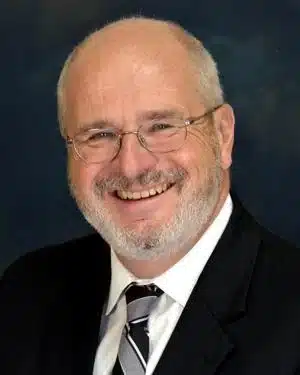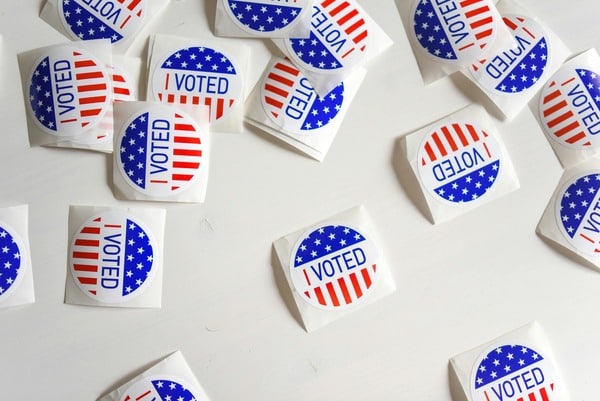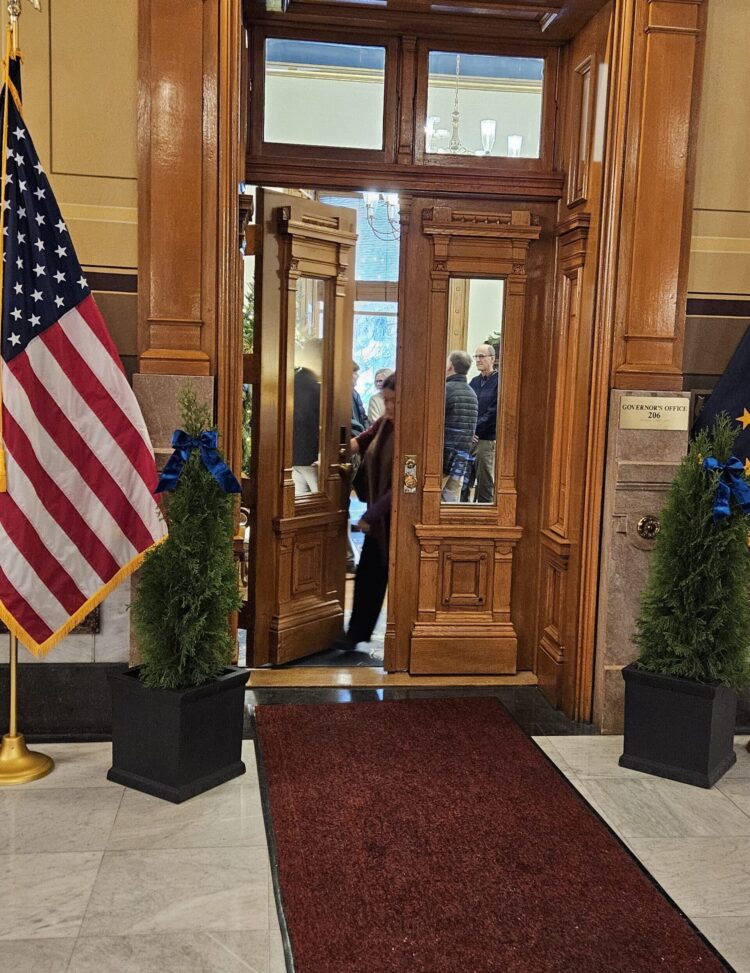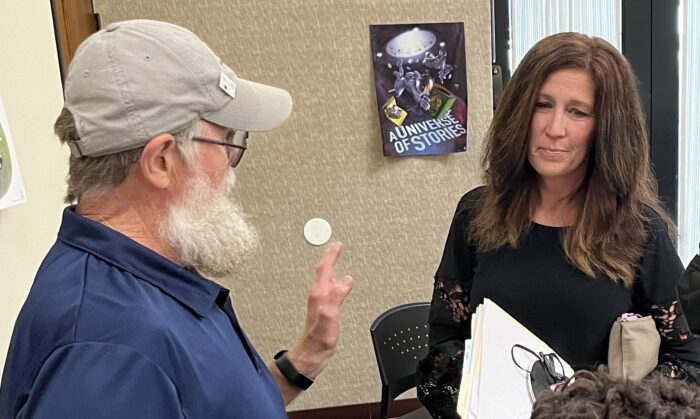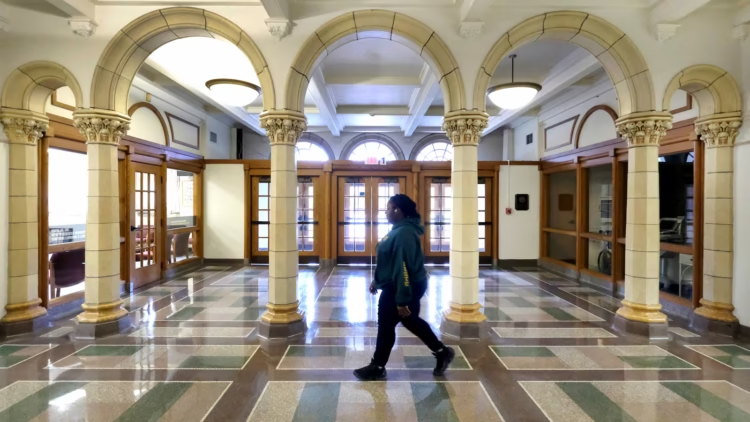It always does.
I’m back in this town where I spent a slice of my boyhood. It was a sleepy place then. Now, it’s another small-sized struggling Midwestern city dotted with chain restaurants and discount stores.
The largest employer in town is the Whirlpool Corporation, but two prisons also provide a significant number of jobs.
One of my most vivid memories of my time here was a visit to the home of Warren G. Harding, the 29th president of the United States, when I was in elementary school.
Back then—and this was close to 60 years ago—Harding landed in the bottom spot of historians’ rankings of American presidents. He was considered the personification of corruption and scandal.
When I took that long-ago tour, the volunteer docent tasked with herding a class of third-graders focused her talk on the famous front-porch campaign of 1920, when Harding rolled up what was the largest presidential landslide in U.S. history up to that time.
She did not offer, though, any details on Harding’s presidency.
That night, I asked my mother, herself an elementary school teacher, why the tour guide didn’t talk about the last three years of Harding’s life. Mom briefly said there were some financial scandals connected with Harding’s presidency—Teapot Dome and a large-scale bilking of the Veterans Bureau took place on his watch—and then changed the subject.
She did not share with her then 8-year-old son that Harding also had been accused of fathering a child as a result of an extramarital affair with a woman more than 30 years his junior.
Steamy and seamy stuff.
In truth, though, Harding never deserved the opprobrium heaped on his memory.
He was not America’s greatest president, but he was far from its worst.
That dubious honor belongs to the current occupant of the White House.
For years, Harding’s home was maintained as a hand-to-mouth volunteer operation, a kind of poor relation to other presidential museums and libraries.
Thanks to years of dedicated work by those volunteers, though, Harding’s domicile now is also the home to the most recently established presidential site.
Walking through the grounds almost six decades after my first visit to the home is an edifying experience. It serves as a reminder that any person’s story is always more complex than a caricature.
Inside the museum, there is documentation establishing Harding’s less noted stands on principle. He supported a woman’s right to vote at a time when many politicians refused to do so. The cliché regarding Harding’s strong support among newly minted female voters during the 1920 election could be attributed to his good looks—an assertion that manages to demean both the candidate and the women who cast their ballots for him.
The possibility that those women voted for him because he supported their right to have some say in how their country and therefore their lives were run seems more plausible.
He also was the only president between Abraham Lincoln and John F. Kennedy to speak in favor of equal rights for Black Americans.
And he had the courage to do it in Alabama, the place where segregation’s heart beat the fiercest.
Does that mean Harding was a strong president?
No.
The financial pilfering that took place on his watch was epic. Even though there is no evidence that Harding himself was part of or benefited from the corruption, the fact that one member of his administration stole $2 million—just under $38 million in today’s dollars—from the nation’s veterans and another set up sweetheart oil leases in return for cash. Yet another killed himself to avoid questioning and imprisonment.
The most charitable way to interpret all this is that Harding was, at best, an inattentive administrator.
As for the sexual scandals attached to his name, they’re true. Harding defenders denied that he fathered a child with his much younger mistress for decades, but DNA testing finally established that he did.
Almost all of this became known only after Harding died, at the height of his popularity in 1923. His death released a flood of facts, good and bad.
Those unleashed facts revealed a leader capable of both public courage and private shabbiness, a man who took brave stands while obscuring personal secrets.
In the end, it all came out.
It always does.

